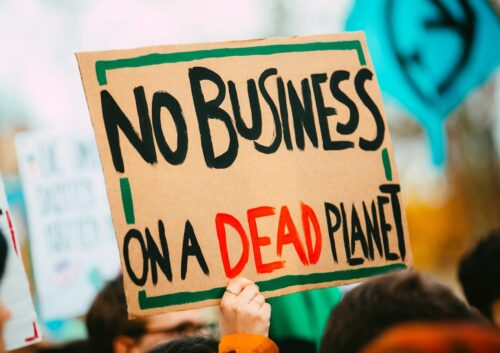In 2021, the Biden administration pledged it would build 500,000 electric vehicle charging stations by 2030. So far, it’s built seven. [emphasis, links added]
Last month, Transportation Secretary Pete Buttigieg—who administers the funds apportioned for EV charger construction in the $1.2 trillion Bipartisan Infrastructure Act—said Americans should not be surprised at the time it takes to stand up “a new category of federal investment.”
“It’s more than just plunking a small device into the ground,” Buttigieg said in an interview with CBS’s Face the Nation.
But internal memos from the Department of Transportation obtained by the Washington Free Beacon, as well as interviews with those who are responsible for overseeing the implementation of the electric vehicle charging station project, say the delay is in large part a result of the White House’s diversity, equity, and inclusion (DEI) initiatives.
“These requirements are screwing everything up,” said one senior Department of Transportation staffer who spoke on the condition of anonymity. “It’s all a mess.”
President Joe Biden has reportedly expressed frustration with the pace at which his much-touted infrastructure projects are getting built.
A “close ally” of the White House told CNN last December that Biden “wants this stuff now,” and a White House spokesman added that the president “constantly pushes his team to ensure we are moving as quickly as possible.”
But Biden may only have himself to blame.
Shortly after taking office, the president signed an executive order mandating that the beneficiaries of 40 percent of all federal climate and environmental programs should come from “underserved communities.”
The order also established the White House Environmental Justice Advisory Council (EJAC?), which monitors agencies such as the Department of Transportation to ensure the “voices, perspectives, and lived realities of communities with environmental justice concerns are heard in the White House and reflected in federal policies, investments, and decisions.”
To qualify for a grant, applicants must “demonstrate how meaningful public involvement, inclusive of disadvantaged communities, will occur throughout a project’s life cycle.”
What “public involvement” means is unclear. But the Department of Transportation notes it should involve “intentional outreach to underserved communities.”
That outreach, the Department of Transportation states, can take the form of “games and contests,” “visual preference surveys,” or “neighborhood block parties” so long as the grant recipient provides “multilingual staff or interpreters to interact with community members who use languages other than English.”
“This all just slows down construction,” says Jim Meigs, a senior fellow at the Manhattan Institute who focuses on federal regulation.
“These ‘public involvement’ requirements are impossible to quantify and even open builders up to lawsuits by members of the community where an electric vehicle charging station is set to be constructed.”
How these equity requirements are relevant to the construction of a single electric vehicle charging station is unclear, Meigs said.
But all applicants for federal funding must in many cases submit reports that can total hundreds of pages about how they will pursue “equity” every step along the way.
Read rest at Free Beacon




















don’t we just love intersectionality
Does anyone in government know how much copper cable 500,000 EV charging stations would require?
It’s easy to blurt out a number without an idea what it would take to complete.
Government’s will lose elections because of their incompetence. EV market demand was over estimated, there won’t be 500,000 charging stations. I can remember the hype pushing the Segway , it was supposed to revolutionize transportation. It turned out to be a pet rock, a fad and a joke.
Biden continues to shoot himself in the foot